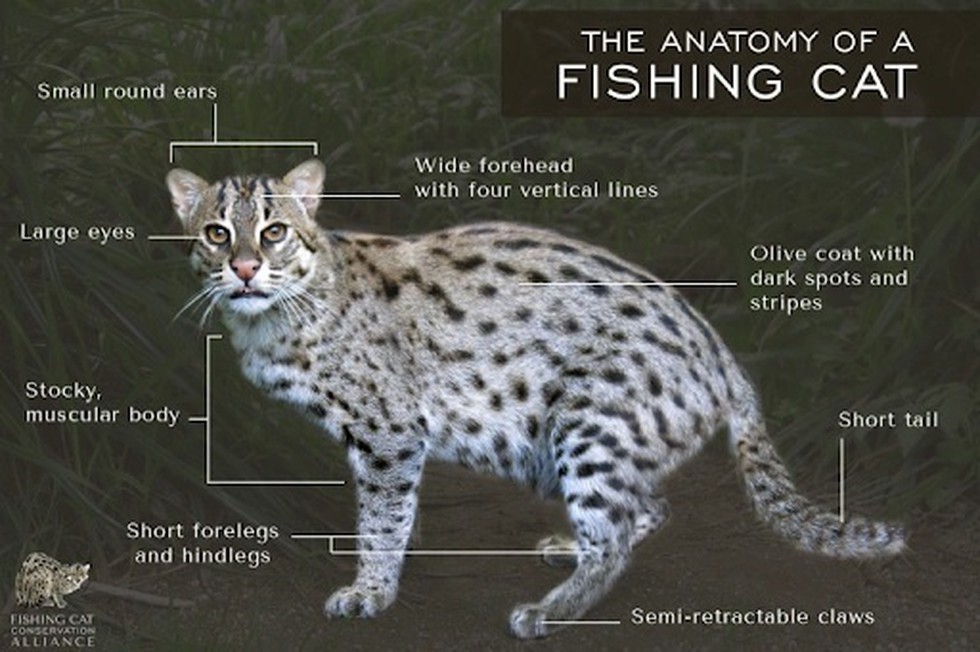India’s First Fishing Cat Collaring Project Initiated
Why in the news?
The Wildlife Institute of India has launched the first-ever Fishing Cat Collaring Project at Coringa Wildlife Sanctuary, Andhra Pradesh. This initiative aims to study the species’ behavior and habitat, enhancing conservation efforts for the vulnerable Fishing Cat.
Introduction to the Project
- The Wildlife Institute of India-Dehradun will launch India’s first Fishing Cat Collaring Project at Coringa Wildlife Sanctuary, Andhra Pradesh.
- Located in the Godavari estuary, the sanctuary has mangroves, tidal creeks, and sea backwaters—an ideal habitat for the endangered Fishing Cat (Prionailurus viverrinus).
Significance of Coringa Wildlife Sanctuary
- Coringa Wildlife Sanctuary is rich in biodiversity, hosting flora like Rhizophora and Avicennia mangroves.
- Endangered species such as Smooth Indian Otters and Olive Ridley Turtles inhabit the sanctuary.
- Bird species, including the Black-Capped Kingfisher and Brahminy Kite, also thrive here.
- The collaring project will track Fishing Cats’ behavior and habitat use to devise better conservation strategies.
- This initiative reflects India’s dedication to conserving its unique and diverse wildlife.
About the Fishing Cat and Habitat:
- The Fishing Cat is classified as Vulnerable by the IUCN and listed under Schedule I of the Wildlife Protection Act, 1972.
- It is a nocturnal predator and an adept swimmer, thriving in wetland ecosystems such as mangroves and marshes.
- This medium-sized wild cat has a stocky build, short legs, and an elongated face.
- Found across Southeast Asia, its range includes India, Sri Lanka, and China.
Sources Referred:
PIB, The Hindu, Indian Express, Hindustan Times




